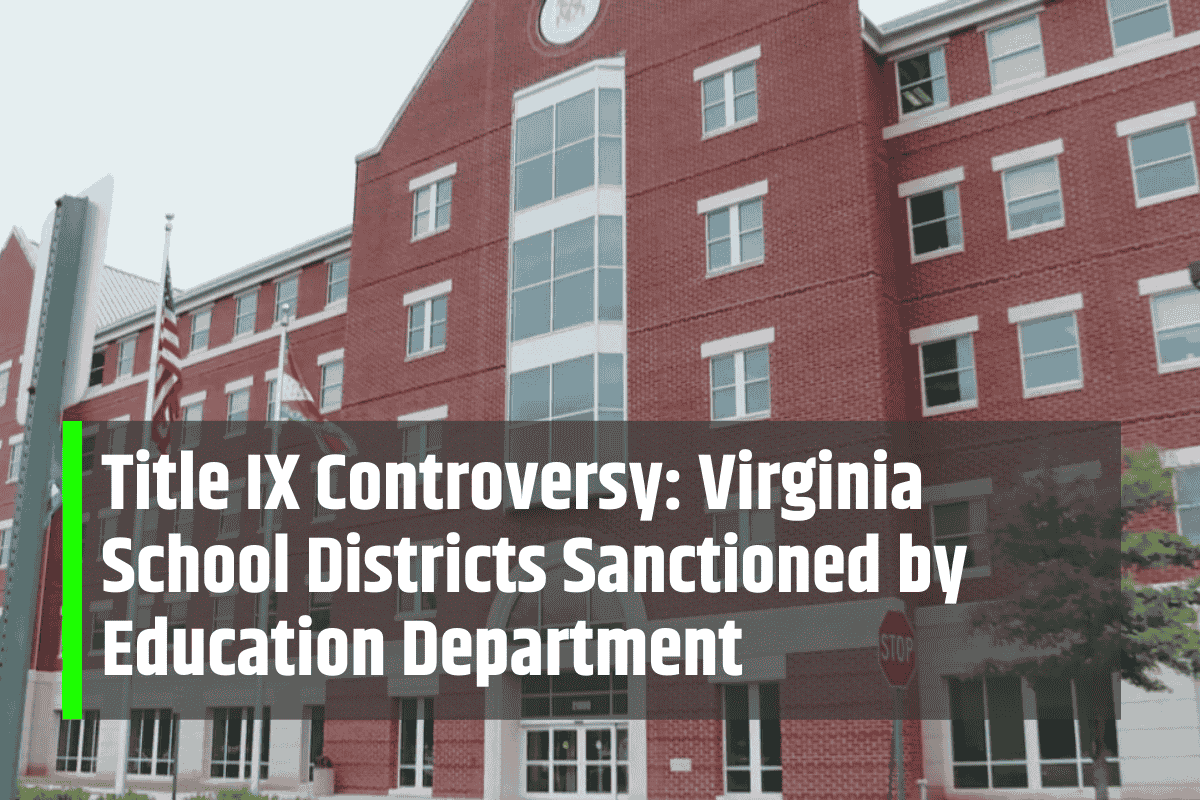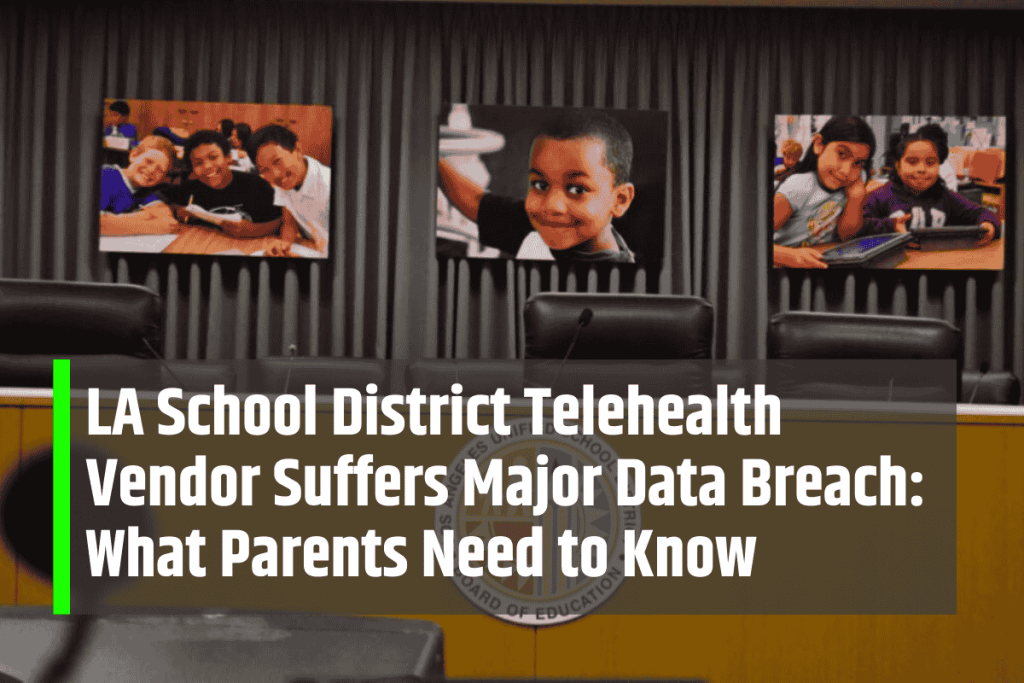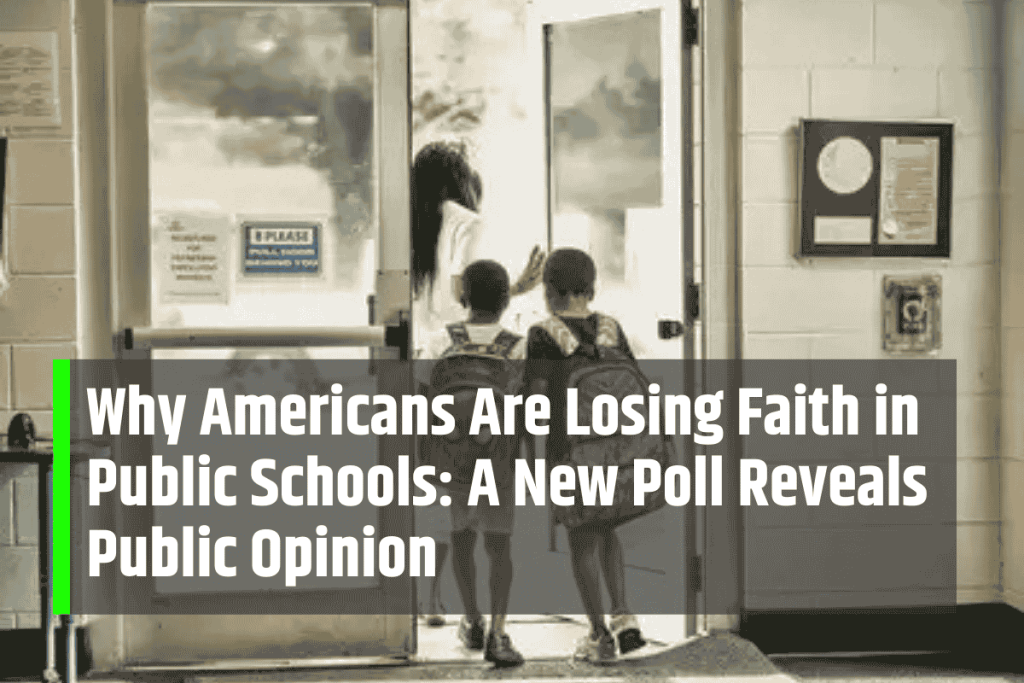In August 2025, the U.S. Department of Education placed five Northern Virginia school districts—Fairfax County, Arlington, Alexandria, Loudoun, and Prince William—on “high-risk” status for violating Title IX.
This decision, stemming from their policies allowing transgender students to use facilities such as restrooms and locker rooms aligned with their gender identity, marks a significant shift in federal policy.
Background: The Dispute Over Transgender Student Policies
The controversy centers on the interpretation of Title IX, which prohibits sex-based discrimination in federally funded educational programs. The Department of Education’s Office for Civil Rights (OCR) determined that allowing transgender students to access facilities corresponding to their gender identity violates Title IX.
This stance contrasts with previous federal guidance, which recognized gender identity as a protected category under Title IX. The affected school districts argue that their policies align with state and federal laws, including the Virginia Values Act, which prohibits discrimination based on gender identity.
Federal Action and Its Implications
Following the OCR’s findings, the Department of Education initiated proceedings to suspend or terminate federal financial assistance to the five school districts, which collectively receive over $50 million in federal funding.
Under the new system, the districts must front the costs of educational expenses and request reimbursement, subjecting them to greater scrutiny and oversight. The Department’s Secretary, Linda McMahon, stated that the districts had multiple opportunities to rectify their policies but failed to do so.
Responses from Affected Districts
The five school districts have expressed their intention to uphold their transgender-inclusive policies despite the potential loss of federal funding.
Fairfax County Public Schools, the largest district, faces the loss of up to $160 million in federal funding but has committed to supporting its transgender students. Loudoun County Public Schools also voted to maintain its Policy 8040, citing conflicts between the Department’s interpretation and existing state and federal laws protecting transgender students.
Arlington, Alexandria, and Prince William districts have also rejected the proposed resolution agreement and are seeking legal clarification, arguing that their policies align with state laws and previous court rulings, such as the Fourth Circuit’s decision in Grimm v. Gloucester County School Board, which upheld the rights of transgender students to access facilities corresponding to their gender identity.
Broader Implications and National Context
This case is part of a broader national debate on the rights of transgender students in education. The Trump administration’s actions mark a departure from the previous administration’s stance, which included protections for gender identity under Title IX.
The current administration’s position aligns with a more traditional interpretation of Title IX, focusing on biological sex, leading to legal challenges and varying policies across school districts and states.
LGBTQ+ advocacy groups have voiced concern that these actions undermine the safety and rights of transgender students, who face higher rates of discrimination and mental health challenges. They argue that inclusive policies are essential for the well-being of transgender youth.
A Landmark Decision for LGBTQ+ Rights in Education
The U.S. Department of Education’s decision to place five Northern Virginia school districts on high-risk status underscores the ongoing legal and cultural conflict surrounding LGBTQ+ rights in education.
As these districts continue to uphold their policies, the situation will likely set important precedents for how Title IX is interpreted and applied regarding gender identity. The outcome will shape future debates and policies on the rights of transgender students in educational institutions.











Leave a Comment